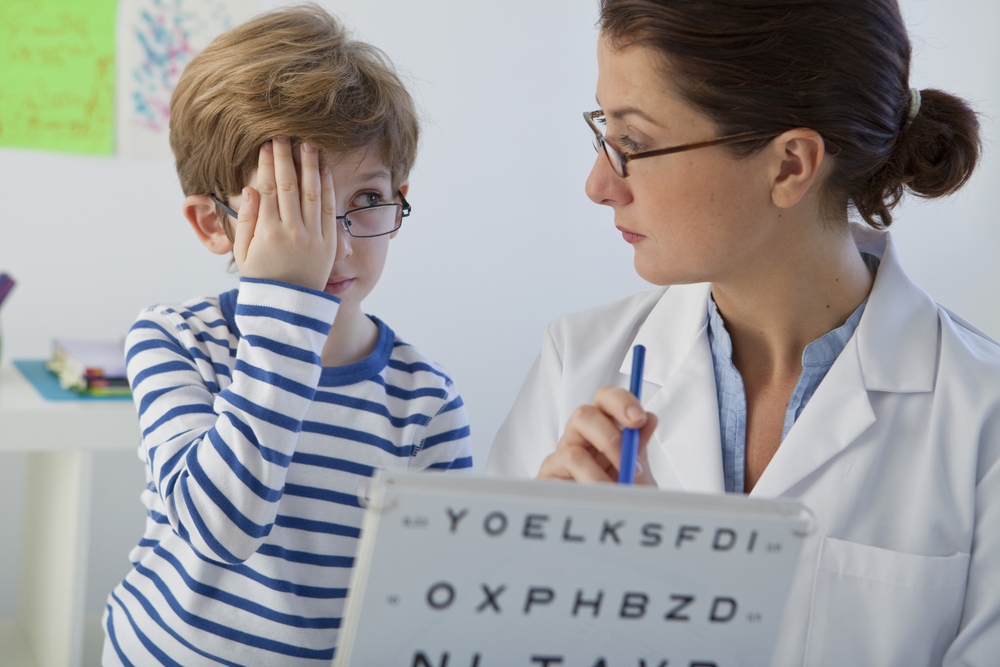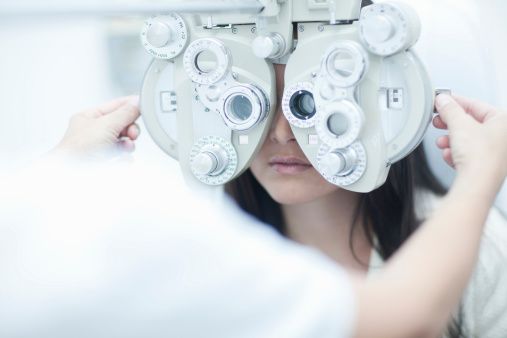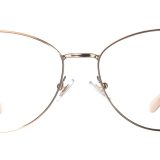Reading the Eye Chart Differences in Adults & Children
When’s the last time you had to read an eye chart?
Because I wear contact lenses, I visit my optometrist every year to have them checked and to make sure my vision hasn’t changed. But, usually that eye chart is projected onto a screen, I’m sitting in a cool mechanical chair, and, at least when my contacts are in, I can get most of the answers right.
Last week I took my daughter to her pediatrician’s appointment and they asked her to back up twenty or so kid-sized paces from an old fashioned chart on the wall and read the letters. Can I tell you what a panicked mother I was as I heard her read the letter ‘e’ as an ‘r’ and the letter ‘s’ as a ‘z.’ I was confident that our next stop would be the optometrist’s office and my daughter would get her first pair of real glasses very soon.
So, I sat in the room and waited for the doctor to come in and tell me the news. When she arrived, she surprised me. My daughter’s vision was fine. “What?” I asked. I watched her mix up those letters. She reads well, so I knew letter recognition wasn’t the problem.
The doctor explained to me that she was reading the 20/30 line just fine and that this was the expected standard for someone who had just turned six years old. Older children and adults should be able to read the 20/20 line, but younger children whose eyes are not as developed aren’t expected to see as well.
A child should be able to see the 20/40 line by age 3 or 4 and the 20/30 line by age 5. As the child’s eyes continue to develop, they should eventually be able to read the 20/20 line or else vision correction will be necessary. It’s good to note that 20/20 vision isn’t actually perfect vision, but normal vision. So, some people will have 20/15 or even slightly better vision and others will be able to function even with 20/40 vision.
In truth though, the eye chart only gives you a small piece of the picture when it comes to your vision and overall eye health. Eye charts help screen out distance vision problems and can sometimes signal other visual perception problems, but the eye chart is limited in its capacity to do much more than that.
It’s always best if you think that you or someone in your household is having vision problems, take them to a licensed doctor of optometry at your closest America’s Best.











